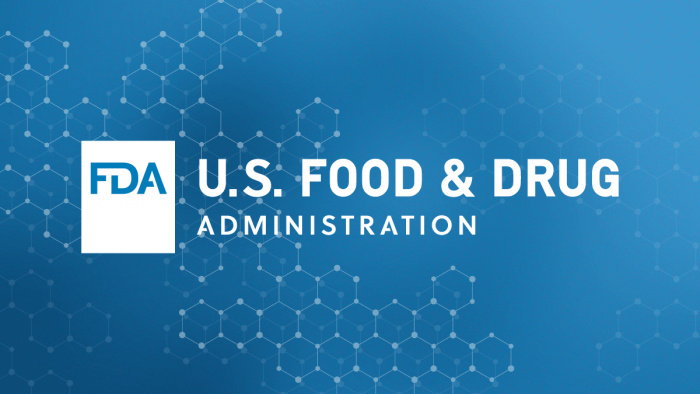Today, the U.S. Food and Drug Administration issued a new report titled, “Resiliency Roadmap for FDA Inspectional Oversight,” outlining the agency’s inspectional activities during the COVID-19 pandemic and its detailed plan to move toward a more consistent state of operations, including the FDA’s priorities related to this work going forward.
In March 2020, the FDA announced that it was temporarily postponing all domestic and foreign routine surveillance facility inspections, while continuing mission critical inspections when possible.
Beginning the week of July 20, 2020, the FDA began to work toward resuming prioritized domestic inspections using its COVID-19 Advisory Rating system. The report outlines inspections that the agency was unable to complete during the past year due to travel restrictions or inability to ensure the safety of our workforce or the workforces the agency regulates.
The report also outlines the number of mission-critical inspections the agency completed during that time, such as inspections of facilities for which there was a drug shortage, inspections needed for the approval of novel drugs or drugs related to the potential treatment of COVID-19, support of pre-market and pre-license applications and response to foodborne disease outbreaks or other food safety risks such as undeclared allergens.
Among other things, the report highlights:
• From March 2020 through March 2021, the FDA conducted a total of 821 mission critical inspections, including 29 in foreign countries.
• Additionally, the agency conducted a total of 777 prioritized domestic inspections since
resumption of that work in July 2020.
• Of the more than 13,500 applications for medical product approval or authorization received since March 2020, an estimated 68 applications have been delayed due to the inability to conduct inspections — and a majority of those are not deemed mission critical.
Additionally, the report outlines the FDA’s continued successful use of alternative tools and approaches where inspections were or are not currently feasible, including remote interactive evaluations (e.g., remote livestreaming video of operations, teleconferences or screen sharing), record requests and leveraging information from trusted regulatory partners. For example, over 1,300 record requests have been made to human and animal drug and biologic drug manufacturers that have led to a high level of on-time regulatory decision actions.
The report further outlines the ongoing steps the agency is taking in order to resume standard operational levels of inspection activities, including how it intends to prioritize domestic and foreign inspections that were not performed during the pandemic.
The plan highlights a variety of possible scenarios given the continued uncertainty of the trajectory of the ongoing pandemic. Inspections considered critical to the FDA’s mission will remain the primary focus. When planning routine surveillance inspections, the agency will prioritize higher-risk establishments.
Therefore, a longer interval between inspections will occur for the less high-risk facilities as the FDA adjusts to the impact of the COVID-19 pandemic. This means that postponed inspections will be prioritized based on risk and conducted over a longer period of time, ultimately increasing the amount of time between inspections of certain lower-risk facilities.
The agency will also soon begin a multi-year modernization effort to further transform our data enterprise platforms and cross-program interoperability infrastructure to better support innovation related to its regulatory oversight role, including remote approaches. This modernization effort will include a review of inspectional approaches using next-generation assessment technologies and improvements.
The FDA is also establishing an agency-wide FDA Inspectional Affairs Council that will plan and coordinate inspectional activities. The agency intends to share more information on these efforts as this work progresses. The FDA will continue to leverage and maximize every available tool and resource to meet its inspectional responsibilities, while achieving optimal public health outcomes.








